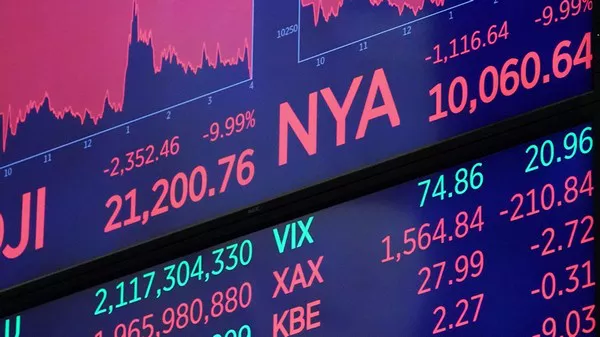In the fast-paced world of finance, understanding the intricacies of the stock market is essential for investors and traders alike. Among the many tools and strategies available, “future and options” stand out as powerful instruments for managing risk and maximizing returns. In this comprehensive guide, we will delve into what future and options are in the stock market, their key characteristics, and how you can utilize them to your advantage.
1. What Are Futures and Options?
1.1 Futures Contracts
Futures contracts are financial derivatives that obligate the buyer to purchase, and the seller to sell, a specific asset at a predetermined price on a specified future date. These contracts are standardized and traded on organized exchanges, making them highly liquid. Futures contracts can be based on various underlying assets, including commodities, stock indices, and even currencies.
1.2 Options Contracts
Options, on the other hand, offer the buyer the right, but not the obligation, to buy (call option) or sell (put option) a specific asset at a predetermined price within a specified period. Options provide flexibility and are often used for hedging against potential price fluctuations in the underlying asset. They can also be traded on organized exchanges, providing market participants with a wide range of opportunities.
2. Key Characteristics of Futures and Options
2.1 Leverage
One of the most significant advantages of trading futures and options is the ability to leverage your investment. With a relatively small amount of capital, you can control a much larger position in the market. While this can amplify profits, it also increases the potential for losses, making risk management crucial.
2.2 Hedging
Futures and options are commonly used as hedging tools. Investors and businesses can use them to protect themselves against adverse price movements in the market. For example, a farmer can hedge against a drop in crop prices by selling futures contracts for their produce.
2.3 Price Discovery
The futures and options markets play a vital role in price discovery. They provide valuable information about market sentiment and expectations. As a result, they can influence the direction of the underlying asset’s price.
3. Trading Strategies
3.1 Speculation
Many traders use futures and options for speculation. They aim to profit from price movements in the underlying asset without actually owning it. For example, a trader may buy a call option on a stock if they believe its price will rise.
3.2 Income Generation
Options can be used to generate income through strategies like covered calls and cash-secured puts. Investors can earn premiums by selling options contracts and collect income while managing their positions.
3.3 Risk Management
Futures and options are invaluable tools for managing risk. Hedging strategies can protect investments from unfavorable market movements. For instance, a portfolio manager might use index futures to hedge against a potential market downturn.
4. Benefits and Risks
4.1 Benefits
Diversification: Futures and options allow investors to diversify their portfolios, reducing overall risk.
Liquidity: These markets are highly liquid, enabling traders to enter and exit positions easily.
Flexibility: Options provide a wide range of strategies to suit various market conditions.
4.2 Risks
Leverage Risk: High leverage can lead to substantial losses if market movements are adverse.
Complexity: Futures and options can be complex instruments, requiring a solid understanding of their mechanics.
Market Risk: Prices in the futures and options markets are influenced by a variety of factors, including economic events and geopolitical developments.
5. Market Data and Trends
To make informed decisions when trading futures and options, it’s crucial to stay updated with market data and trends. Here are some key data points to consider:
Volatility: Monitor the volatility of the underlying asset, as it can significantly impact option premiums.
Economic Indicators: Pay attention to economic indicators, such as GDP growth and employment figures, as they can influence market sentiment.
Implied Volatility: Analyze implied volatility levels, which can indicate market expectations for future price movements.
6. Conclusion
In conclusion, futures and options are powerful financial instruments that offer a wide range of opportunities for investors and traders. They can be used for speculation, risk management, and income generation. However, it’s essential to approach these markets with a clear understanding of their characteristics and risks. By staying informed and employing effective strategies, you can harness the potential of futures and options to achieve your financial goals in the dynamic world of the stock market.


